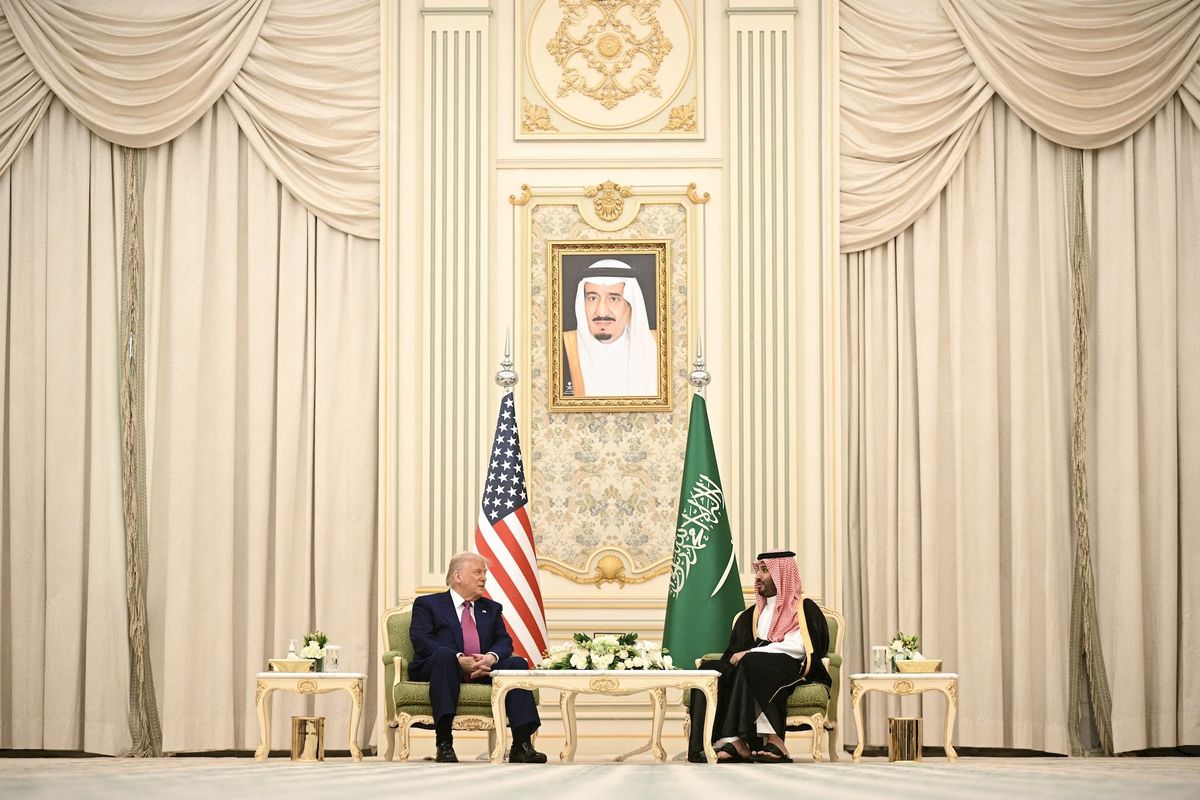In mid-October, the UN Monitoring Group on Somalia and Eritrea published its latest report confirming that despite years of effort and the recent territorial gains that AMISOM (the African Union’s mission in Somalia) and the Somali government have made against al-Shabaab, the group continues to garner the finances it needs to remain militarily active and function as a quasi-government in the areas of Somalia that it controls.
Al-Shabaab first came to prominence in 2006 when it led a nationalist struggle against the invading Ethiopian army following the collapse of Somalia’s Islamic Courts Union government. After Ethiopia’s withdrawal from Somalia in 2009, al-Shabaab began to adopt a far more extremist ideology, pledging allegiance to Osama bin Laden and mirroring the language of al-Qaeda. Al-Shabaab began promoting Somalia as a jihad destination where the ‘far enemy’ of the U.S. and regional governments, as well as the ‘near enemy’ in the form of the ‘apostate’ local government, could be battled in the name of Islam. Throughout this time, sustainable finance keyed the survival of al-Shabaab.
Terrorist groups raise funds through both domestic and external sources, with the latter less reliable and more vulnerable to geopolitical developments (witness the way in which the conflict in Syria has drawn donor funding away from other regions, including Somalia) and disruption by the international community. Groups that move from a hand-to-mouth existence to a more sustainable model typically insulate themselves from these vulnerabilities and favour domestic sources of revenue generated by the taxation of local businesses and population. Al-Shabaab has excelled in this regard. Whilst diaspora donations and support from Eritrea provided some early financial impetus for the group, al-Shabaab quickly established financial autonomy. Thus, reductions in finances received from external sources have failed to disrupt the group’s activities.
For many years, the export of charcoal from Somalia has been the cornerstone that secured the continued financial survival of al-Shabaab. The group maintains a parasitic stranglehold on the transport and export networks of Somali charcoal, allowing it to accumulate substantial income from taxes, tolls, and other fees charged to charcoal traders. The demand for Somali charcoal is immense, as the acacia-sourced wood burns longer than charcoal from other regional suppliers, and therefore the price of Somali charcoal sells for nearly twice the price of charcoal from Sudan or Nigeria for example. Much of the demand for this charcoal is driven by buyers and end-users in the Gulf region, a dhow-trip away from Somalia across the Arabian Sea.
The UN has called for the international community to disrupt this trade a number of times. UN Security Council Resolution 2036, enacted in 2012, “expressed concern that charcoal exports from Somalia are a significant revenue source for al-Shabaab.” Further, the resolution stipulated that “Somali authorities shall take the necessary measures to prevent the export of charcoal from Somalia and that all Member States shall take the necessary measures to prevent the direct or indirect import of charcoal from Somalia.” In May 2014, in the face of disappointing efforts to restrict this trade, the UN published Implementation Assistance Notice No. 1, drawing the attention of Member States to their Security Council Resolution obligations in an apparent attempt to encourage greater efforts from regional trading nations. Displaying continued frustration at the lack of intervention in this trade by these nations, the UN Security Council passed a further resolution in October 2014, allowing Member States to inspect vessels in territorial waters and on the high seas suspected of carrying charcoal from Somalia.
Over the past 12 months, the contribution of charcoal to al-Shabaab’s revenue has declined according to the UN, although not due to the disruption of the international trade. In late 2014, al-Shabaab lost control of Barawe, the last meaningful port through which charcoal funding al-Shabaab could be exported. This has reduced the group’s income. Yet revenue continues to flow as al-Shabaab controls much of the hinterland transport network, allowing it to tax transit routes. The fees earned have proven irresistible to the liberating forces.
Whilst charcoal has traditionally been the key trade that underpinned al-Shabaab finances, the recent UN report reveals that al-Shabaab has also been highly effective at capitalising on collecting tolls and taxes from the movement of other goods through its territory via its effective use of “cashflow surveillance.” For example, the strict tariff regime in Kenya encourages the smuggling of sugar and other basic foodstuffs via Somali to ports into Kenya. The UN also reports that the conflict in Syria and the coordinated targeting of heroin smuggling routes from Afghanistan to Europe have increasingly utilized East Africa as a transit route. Given al-Shabaab’s ability to benefit from trade through its territory, these products may also provide revenue for the group. Finally, no review of al-Shabaab finance would be complete without addressing the high profile issue of ivory smuggling, a topic that may be exaggeratedly, and even erroneously connected, in the view of recent research, with al-Shabaab.
In sum, al-Shabaab has displayed an advanced level of financial management that has, to date, allowed it to sustain the financing needed to fund its military and quasi-government activities. Recent military setbacks and territorial losses have put its financing under pressure. However, as long as the group controls territory and population, the Somali government continues to be undermined by corruption, and illicit trade with regional partners endures, al-Shabaab’s taxation of businesses, citizens, and trade is likely to ensure that it remains a threat to regional security for the foreseeable future.












